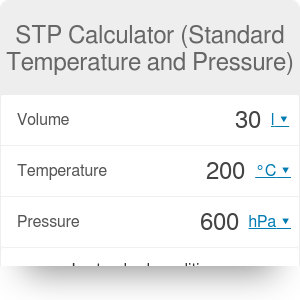

Date: When values are recorded in YYYY-MM-DD format, this variable type allows you to access special filters based on timeframe.

It can also be analyzed with the Text iQ feature, but only if you select Analyze Text when creating it (see steps above).

This kind of variable is compatible with text-specific reporting visualizations, such as paginated tables and word clouds.
#Imbedded standard calculator full
See our section below for a full explanation of each variable type. For each embedded data field, choose a variable type from the dropdown.Click on Options on the lower-right corner of your embedded data element.Changing the variable type of your embedded data can allow for more flexible ways to record your data. If you’re interested in breaking out your reports by participant age or you need to assign multiple departments to one person based on an embedded data variable, you may have to change the variable type. Embedded Data OptionsĮmbedded data options allow you to determine which embedded data are eligible for text analysis, as well as change each embedded data’s variable type. This will ensure that your phone numbers are compatible with the XM Directory. From the Survey tab, click Survey flow.Īttention: If you are using your recipients’ phone numbers in the XM Directory, make sure to use “RecipientPhone” as your embedded data field.Data & Analysis and Reports as part of your analysis.Salesforce extension to help the system decide what to communicate with Salesforce.Contact list triggers to determine whether a survey taker should be added to a contact list.Email tasks and email triggers to determine whether an email should be automatically sent upon completion of a survey.Quotas to determine whether someone meets the conditions required to increment them.Display logic to determine whether a respondent should see a question.Branch logic to determine what sections of a survey your respondent should take.Piped text to display embedded data in your survey questions.Once embedded data has been added to your survey, it can be used in a number of ways, including: Access is included as part of your Qualtrics account.
#Imbedded standard calculator how to
Qtip: Want to watch a video on how to use embedded data? Visit Customizing Your Project on XM Basecamp for a guided learning experience. The value for your embedded data field can be pulled from data that you have uploaded into a contact list, information appended to the respondent’s survey link, built-in fields provided by Qualtrics, or values set in the survey flow. Just as one question can have multiple possible answers, an embedded data field can have multiple possible values (e.g., a field called Country might have a value of United States, Mexico, or Canada). The value is what your field will be set to in your data.

The field is the name of your variable (e.g., Gender, State, Age).


 0 kommentar(er)
0 kommentar(er)
